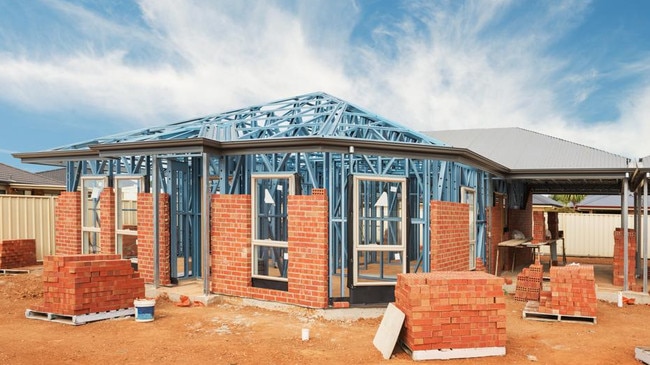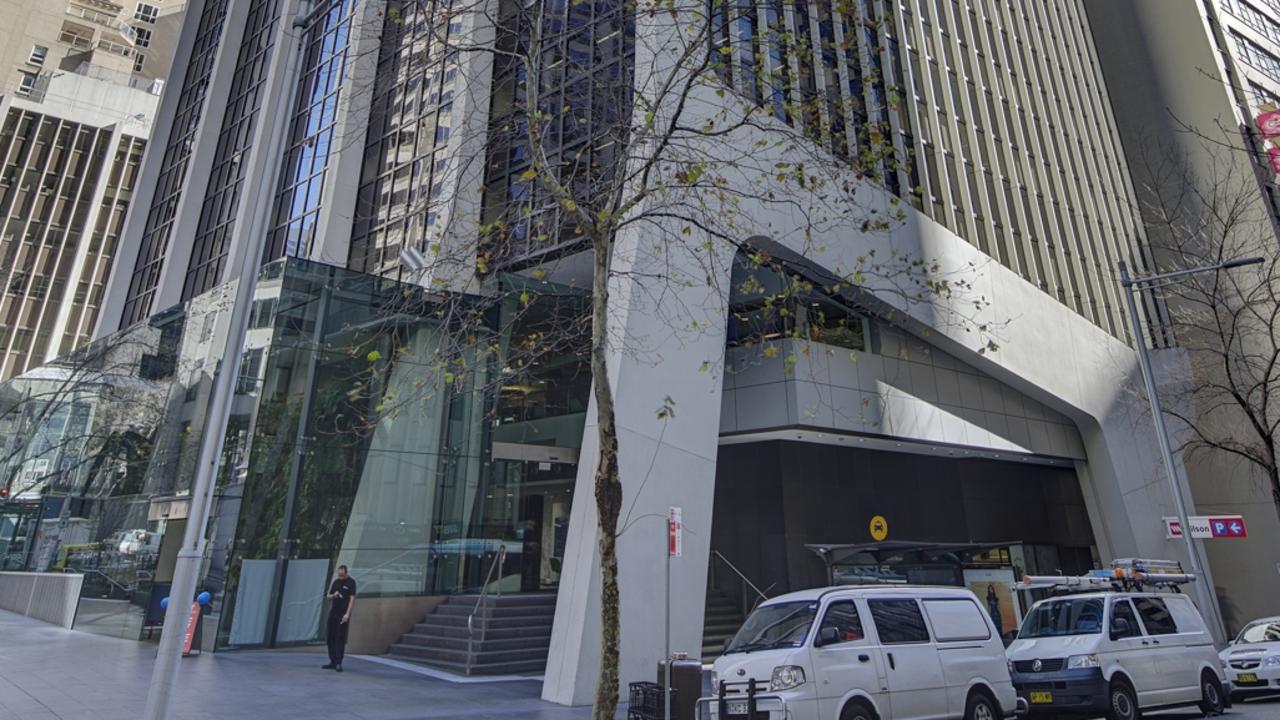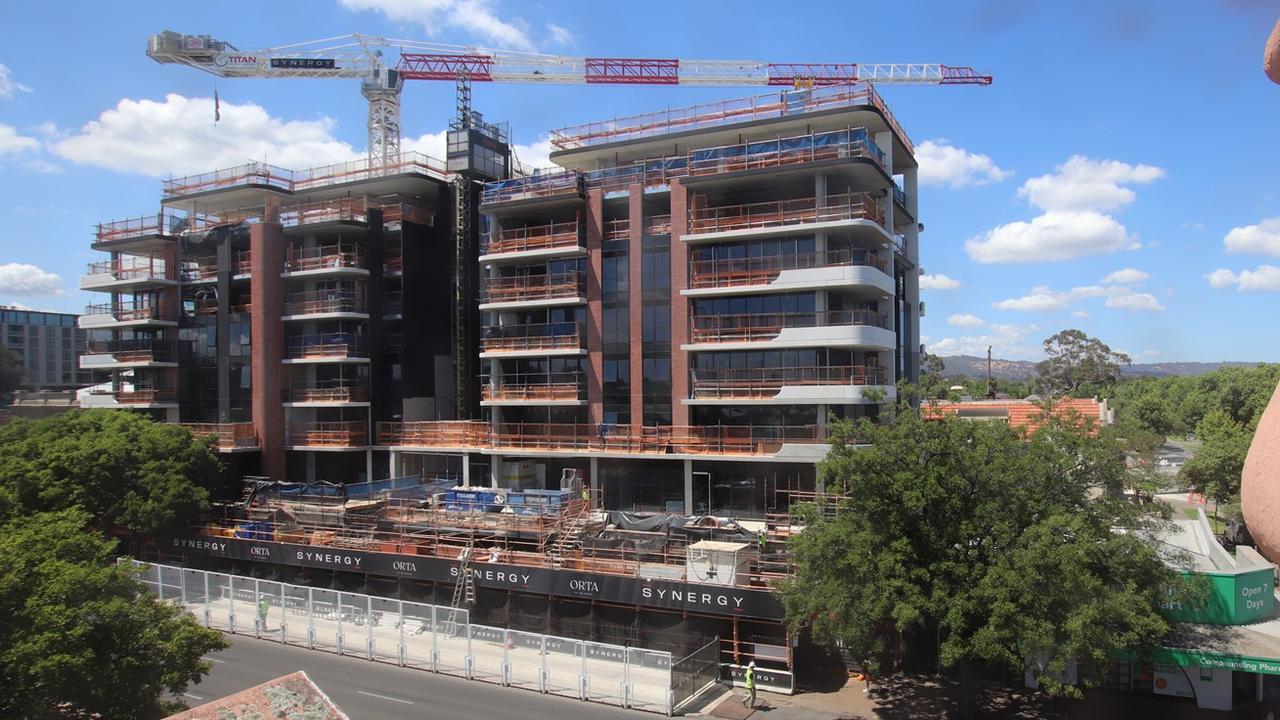Infrastructure and planning backlogs preventing home building: developers
Missing infrastructure, planning backlogs, environmental rules and land zoning are hurdles holding back housing supply that must be overcome to deliver the government’s ambitious targets.

Missing infrastructure, planning backlogs, environmental rules and land zoning are hurdles holding back housing supply that must be overcome to deliver the 400,000 homes needed to hit the government’s ambitious targets, a leading developer body has said.
The UDIA National Housing Pipeline Report has called out the blocks in the path of developing enough homes to meet the Albanese government’s ambitious National Housing Accord target of 1.2 million dwellings over the next five years, amid widespread expectations of a shortfall.
The report showed that across the capital cities, dwelling production was forecast to be more than 395,000 homes below the ambitious target, with housing poised to become an election flashpoint.
Greater Sydney is at the centre of the national housing crisis, with a shortfall of 150,000 dwellings and the developer body sounded the alarm for future housing affordability, with each of the major capital cities set to record significant undersupply to their housing markets.
It warned that unless major changes were made to the way in which housing was handled, there would be thousands of Australians locked out from entering the market.
UDIA national president Col Dutton said the market report showed that land was available but needed to be unlocked for development.
“The NHP report shows the true capacity of land availability and readiness for residential development across Australia’s major housing markets and, importantly, where new homes can and cannot be located over a 10-year horizon,” he said.
He said the report would be a game changer for governments, agencies and industry, as it showed where and when investment is needed in enabling infrastructure such as water, power, sewerage and roads in order to get dwellings built for Australia’s growing communities.
“Decision makers now have an opportunity to cut through high-level estimates of theoretical housing capacity from state and local governments,” he said.
The group’s analysis identified a total of 84,114ha of undeveloped urban land stock across the five main capital cities, with another 47,620ha identified in metropolitan and regional strategic plans as potential future residential-designated land stock.
Aside from the environmental constraints that held back about a third of projects, other issues include easements and buffers carved out for utilities and transport, as well as the need for open spaces and school sites.
The group’s mapping showed a “significant disconnect” between the industry’s view of the volume of land that is able to be developed for future housing versus most state government land supply estimations.
“This significant shortfall is underpinned by expectations of sustained weakness in the multi-unit sector,” the UDIA said. Private developers have said that all but the most expensive units don’t stack up due to soaring building costs.
The report found that more than a third of all identified zoned and potential future urban zoned land has development constraint overlays that will sterilise or significantly reduce forward dwelling production.
The problems are critical in the Sydney region, where there is some 16,700 hectares of undeveloped land zoned for residential development. But 59 per cent of zoned residential land was identified as constrained and unable to fully deliver the housing supply it could support. There is just 6.4 years of supply left in undeveloped and unconstrained residential zoned land at the development rate which the Housing Accord demands.
Another crunch point is south east Queensland, where there is some 11,275ha of undeveloped zoned land for greenfield residential development. But 9,223ha of land supply is constrained and there is just 3.2 years supply left in areas zoned urban residential and Priority Development Areas at the current rate of building.
Greater Melbourne has 13,180ha of undeveloped zoned land for residential development and 18,970ha of unconstrained potential future zoned land for residential development. But 18 per cent of zoned residential land was fundamentally constrained, and there was 5.2 years of supply left in undeveloped and unconstrained residential zoned land to hit Housing Accord targets.
The UDIA called on governments to help lift housing supply across the nation by boosting investment, accelerating timing, and improving co-ordination of enabling infrastructure.
It is also pushing for a fast-tracking of reforms to the complex, costly planning systems which it called the leading cause of strangulation of new housing supply, as well as for key growth corridors to be opened up.
It also called for $5bn extra in federal infrastructure funding for more projects that support new infrastructure which unlocks new housing supply, as well as bonus incentives to states that streamlined planning.





